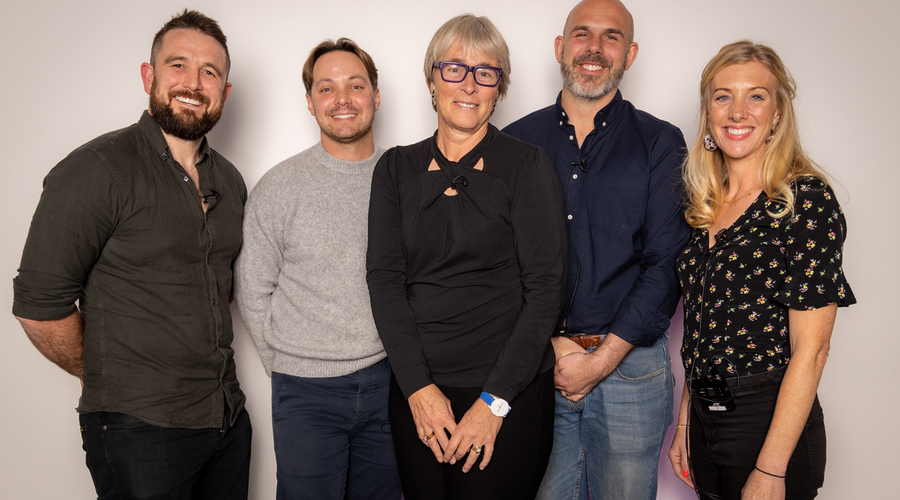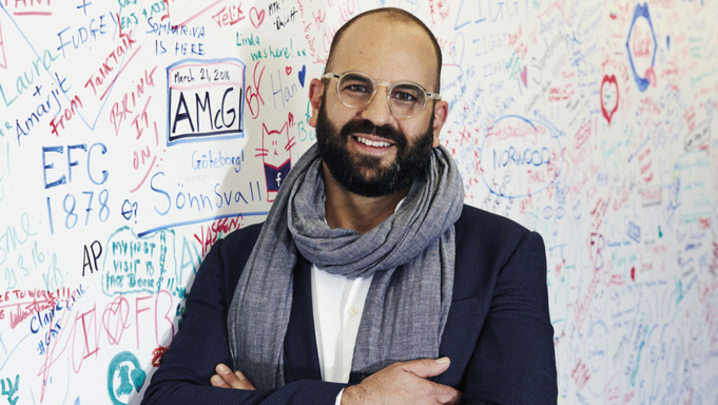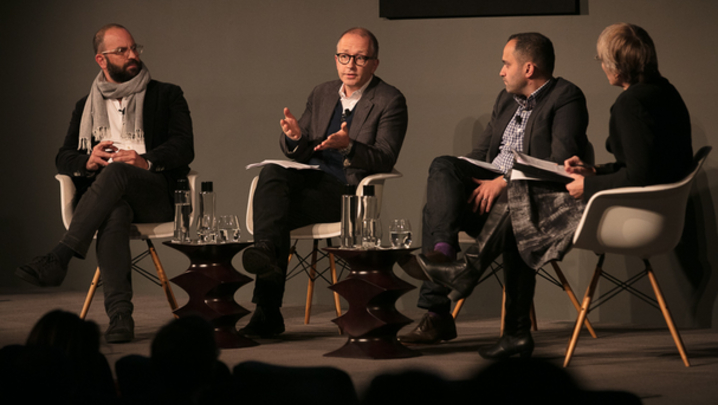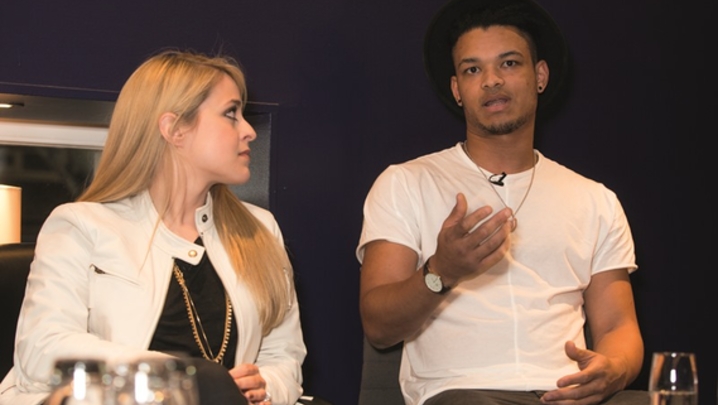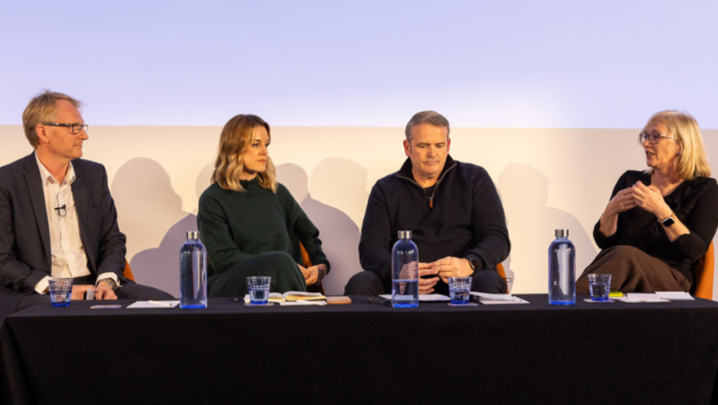The RTS learns how broadcasters have turned to social media in search of new audiences and revenues.
The innovative ways in which producers, broadcasters and streamers are partnering with social media platforms to attract new audiences and generate revenue was recently the subject of a lively RTS panel, “How broadcasters and platforms are working together”.
Millions of people who may never have watched a full programme on TV are regularly engaging with the same shows online. They are turning to YouTube, Facebook, Instagram, Snapchat and TikTok to watch original content and reworked versions of TV material from series as diverse as Kitchen Nightmares, Clarkson’s Farm and The Daily Show with Trevor Noah.
“Different platforms are good for different things,” said James Loveridge, director of entertainment at the UK’s Little Dot Studios, a specialist in digital video. “YouTube is good for legacy content that feeds into itself, TikTok for reaching younger audiences and reaching them quickly. Facebook is good for building fan communities. You might have the same clip going out to all these platforms, but you have to use a different approach [for each one]. For example, [for] Snapchat you need to hook the user quickly, which informs how you present the content.”
For more than a decade, Little Dot has overseen social media partnerships for studios, streamers and producers, including NBCUniversal, Netflix, Amazon Prime, Sony Pictures TV and Discovery Channel.
“There are two core languages you need to be able to speak when you’re looking at platforms: the language of the algorithms and the language of the audience,” Loveridge explained.
Social media platforms can offer broadcasters and streamers marketing, commercial and creative initiatives. Neil Price, strategic partner manager for UK partnerships at YouTube, said: “We have 10 different ways in which a creator or partner can monetise, not all relevant to media companies, but we do our best to make sure they are aware of them all and are able to take advantage of them.” He continued: “The two pillars that tend to be the focus of our conversations [with broadcasters and streamers] are commercial and creative.”
"Different platforms are good for different things" — James Loveridge, Little Dot Studios
For example, the BBC uploads highlights and individual dances from Strictly Come Dancing to a bespoke BBC Strictly Come Dancing YouTube channel the night after the show is broadcast on BBC One. There, it reaches a different and younger audience to those who tune in on TV.
“In addition, [this YouTube audience is] coming across [further] BBC Studios output,” said Price. As the BBC’s commercial arm, BBC Studios aims to distribute its top brands, including Strictly and Top Gear, on as wide a range of social platforms as possible. Revenue is generated by what is known as social monetisation – advertising around the content, branded entertainment and sponsorship.
Matt Risley, Managing Director of Channel 4’s in-house digital agency, 4Studio (Digital Content), which launched in 2020, revealed that the broadcaster did not make any money from social before 4Studio was created. That, however, has all changed: “Last year, we made £14.5m [from social media platform partnerships],” said Risley, a former Channel 4, MTV and Sky UK executive. “There are opportunities there if you know how to collaborate with partners, and how to come up with multifaceted strategies.”
Extended versions and short-form editions of linear shows, such as Channel 4’s Hollyoaks, are popular. 4Studios made Hollyoaks: IRL for social platforms in summer 2021. This series of short films explored real-life stories reflecting some of the themes covered by the soap, including young people’s mental health.
“It was a way of trying to create content that was not bound by the [needs of] conformity and character fit or a certain length or schedule slot,” said Risley. “It deepened the fan experience.”
He also highlighted the E4 series Tattoo Fixers, about a pop-up tattoo parlour that turns bad ink into works of art. “We found a way to bring that to a new, younger audience on Snapchat,” said Risley. The show, which is no longer on E4, has been reformatted for Snapchat as short, “vertical-format stories”.
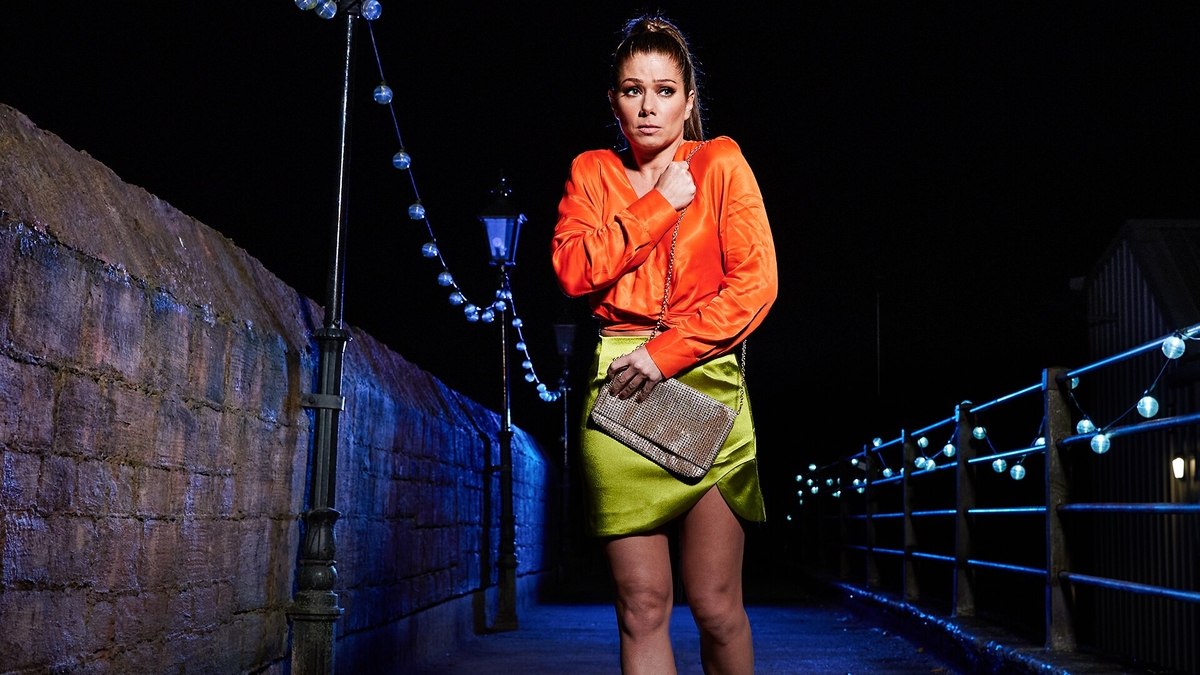
According to Lucy Luke, head of UK partnerships at its owner, Snap Inc, Snapchat reaches 90% of 13- to 17-year-olds in the UK. Tattoo Fixers is perfect for this audience. “In that show, we saw before-and-after transformational content,” she said. “[4Studios] edited it amazingly. It gets straight to the point, straight to the action and everyone knows a transformation is going to happen. They want to watch the rest of the episode on Snapchat to see the how, the who, the what, the where, the when.”
Luke joined Snap in January 2022, tasked with managing content partners and leading Snapchat’s content strategy in the UK. Snapchat streams short-form, made-for-mobile video content across news, sport and entertainment. The main difference between Snapchat and YouTube or Meta is that it curates the content, said Luke. It recently teamed up with ITV for World of Love Island, which repurposes clips from Love Island.
“A lot of Snapchat-ers in our community were telling us they were catching up on Love Island exclusively on Snapchat,” Luke said.
ITV also has YouTube distribution for a World of Love Island channel, adding to its portfolio of ITV-branded YouTube channels. Two of the most popular are for Good Morning Britain and This Morning, the latter presented by Holly Willoughby and Phillip Schofield.
“The younger sister of a friend of mine was asked who her favourite YouTube creators were and she said, ‘Holly and Phil’,” said YouTube’s Price. “Over time, broadcasters [have] realised that a big part of what happens on YouTube is that audiences start to find identities and niches.”
"A lot of Snapchat-ers [...] were catching up on Love Island exclusively on Snapchat" — Lucy Luke, Snap Inc
Little Dot’s Loveridge agreed that broadcasters now understand what social media can do. He pointed to the social content Little Dot created recently for Channel 4’s Kitchen Nightmares, whose last series aired in 2014. “It’s very fan-focused,” he said of the Gordon Ramsay-fronted show, which has taken on an online life of its own. “There’s a lot of humour, a lot of Gen Z and millennial kind of jokes and memes. We’ve had live streams that are just a microwave going for about three hours, dubbed Chef Mike.”
Loveridge also noted accidental successes: “We had a live stream for a documentary about beekeeping on Discovery. But it just looped about three seconds of bees. Loads of people asked, ‘What are they telling us?’ The viewing went through the roof.”
The recent closure of the original content divisions of both Snap and YouTube has given broadcasters – and production companies such as Little Dot – more opportunity to create content for the social platforms.
Now, 4Studios is working with YouTuber, content creator and entrepreneur Alhan Gençay on a digital original, It’s Alright to be White. The five-part series sees Gençay travel the UK to discover “white tribes” of people who are very different from himself.
Quizzed by experienced media commentator and journalist Kate Bulkley, the panellists – all wearing trainers and with not a suit and tie in sight – chewed over future prospects. YouTube recently unveiled plans for next year to start monetising YouTube’s short feed – clips lasting less than 60 seconds – on the platform with ads.
Luke said she was talking to clients a great deal about augmented reality (AR). “A lot of my role is supporting broadcasters and thinking about what the extra things are that they can do to engage with their community through a different lens.”
In an AR iteration, Phil and Holly could soon be sitting on your sofa. Sort of.
Report by Stuart Kemp. The RTS national event ‘Social media platform session: How broadcasters and platforms are working together’ was held on 26 October at the Cavendish Conference Centre in London. The producers were Kate Bulkley, Julie McKeen and David Amodio.

